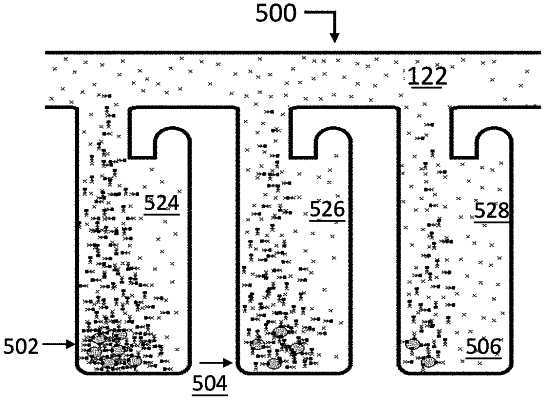| CPC G01N 33/54366 (2013.01) [B01L 3/502761 (2013.01); G01N 33/6854 (2013.01); B01L 2200/0668 (2013.01); B01L 2300/0654 (2013.01); B01L 2300/0864 (2013.01); B01L 2300/165 (2013.01); B01L 2300/1822 (2013.01); B01L 2400/0424 (2013.01); B01L 2400/0457 (2013.01); B01L 2400/0472 (2013.01); B01L 2400/086 (2013.01)] | 23 Claims |

|
1. A method of assessing a level of secretion of an analyte by a biological micro-object, or a population of biological micro-objects generated therefrom, the method comprising:
introducing the biological micro-object into a sequestration pen of a microfluidic device, wherein the microfluidic device comprises an enclosure having a flow region, wherein the sequestration pen is fluidically connected to the flow region, and wherein the sequestration pen contains a first fluidic medium;
allowing the biological micro-object, or the population of biological micro-objects generated therefrom, to secrete an analyte comprising an exogenous tag into the first fluidic medium within the sequestration pen;
introducing a second fluidic medium into the flow region, wherein the second fluidic medium comprises a plurality of reporter molecules, and wherein each reporter molecule comprises:
a binding component configured to bind the exogenous tag of the secreted analyte; and
a detectable label;
allowing a portion of the plurality of reporter molecules to diffuse into the sequestration pen and bind to the analyte secreted therein, thereby producing a plurality of reporter molecule: secreted analyte (RMSA) complexes; and
detecting reporter molecules located within an area of interest within the microfluidic device, wherein the area of interest includes at least a portion of the sequestration pen.
|